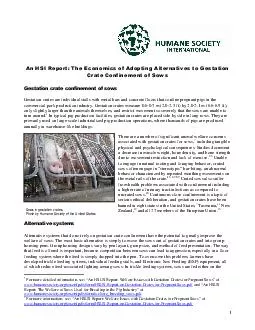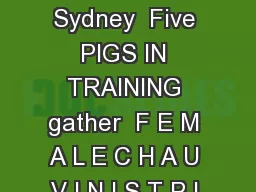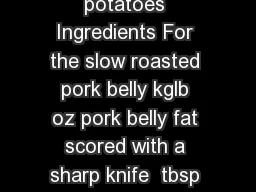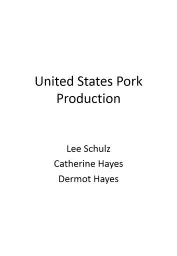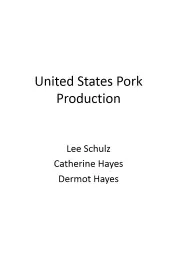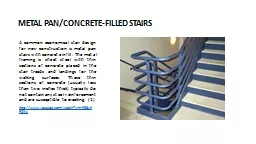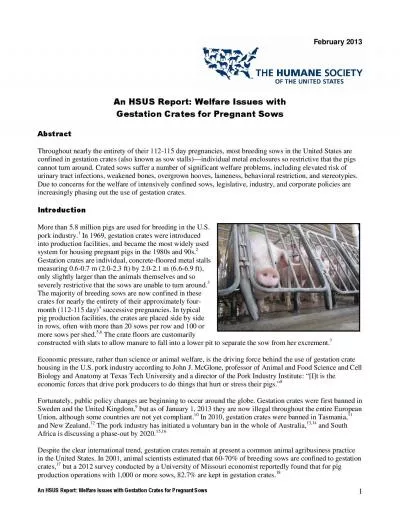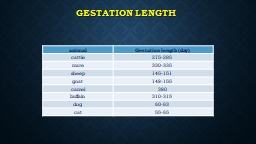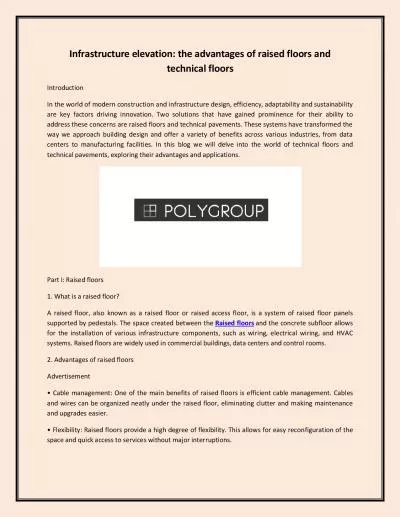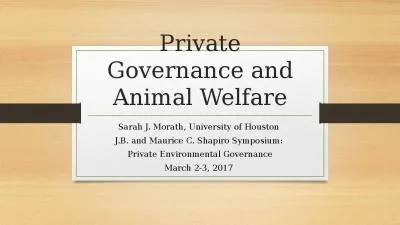PDF-Gestation crates are individual stalls with metal b ars and concrete floors that confine
Author : conchita-marotz | Published Date : 2014-11-24
Gestation crat es measure 0607 m 2023 ft by 2021 m 66 69 ft only slightly larger than the animals themselves a nd restrict movement so severely that the sows are
Presentation Embed Code
Download Presentation
Download Presentation The PPT/PDF document "Gestation crates are individual stalls w..." is the property of its rightful owner. Permission is granted to download and print the materials on this website for personal, non-commercial use only, and to display it on your personal computer provided you do not modify the materials and that you retain all copyright notices contained in the materials. By downloading content from our website, you accept the terms of this agreement.
Gestation crates are individual stalls with metal b ars and concrete floors that confine: Transcript
Download Rules Of Document
"Gestation crates are individual stalls with metal b ars and concrete floors that confine"The content belongs to its owner. You may download and print it for personal use, without modification, and keep all copyright notices. By downloading, you agree to these terms.
Related Documents

